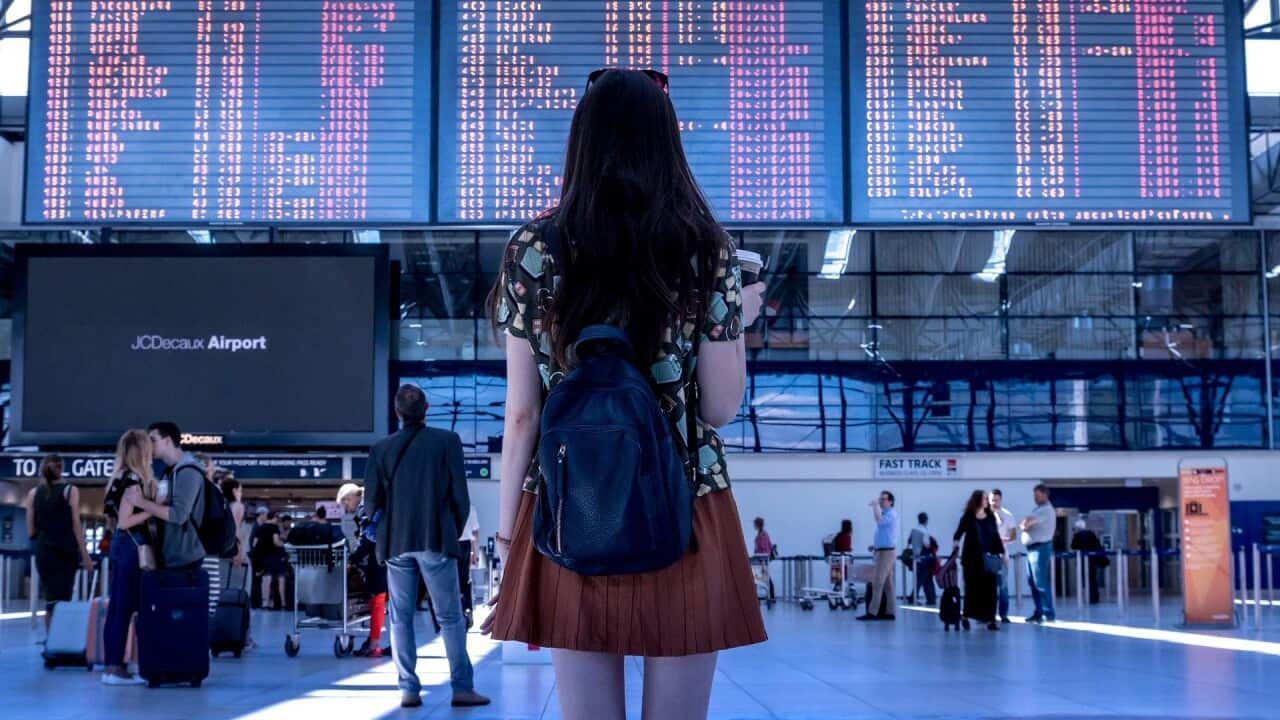Highlights
- Inbound and outbound international travel is expected to remain low through the latter part of 2021
- Australia will open its international borders when it would be safe to do so: PM Scott Morrison
- International students will start returning to Australia in late 2020
As a strict border ban remains in place, a lot is riding on the assumption of early discovery of a COVID-19 vaccine in the 2020-2021 Federal Budget, tagged as Australia’s most crucial in modern history.
The budget papers reveal that the government expects that inbound and outbound travel will continue to remain low through the latter part of next year, after which “a gradual recovery in international tourism is assumed to occur.”
“International travel including both tourists and international students is assumed to remain largely closed off until late next year and then gradually return over time. And a vaccine, to be available around the end of 2021 is one of the assumptions in the budget," Treasurer Josh Frydenberg has said in his post-budget speech today.
Shying away from committing to a timeline as to when the restrictions will be fully lifted, Prime Minister Scott Morrison, today said the tough border closures - a key bulwark against the Covid-19 pandemic - will remain in place until it is safe to reopen the country’s borders.
“But for the foreseeable future that will be a big challenge. I don’t think that comes as any great news but what we have decided to do, given there will be vacancies in the program that might ordinarily go to other visa subclasses, we are creating another 30,000 places for the partner program this year,” said Mr Morrison. The Budget also painted a grim picture for the country’s net overseas migration (NOM) which is set to fall into negative levels of around -72,000 persons by the end of 2020-21 for the first time since 1946, which is a far cry from the pre-pandemic estimates of around 270,000.
The Budget also painted a grim picture for the country’s net overseas migration (NOM) which is set to fall into negative levels of around -72,000 persons by the end of 2020-21 for the first time since 1946, which is a far cry from the pre-pandemic estimates of around 270,000.

Prime Minister Scott Morrison and Treasurer Josh Frydenberg leave after handing down their second Federal Budget in the House of Representatives Source: AAP
Dr Liz Allen, a demographer at the Australian National University said Australia is an immigration nation, since migration is a key driver of economic development and also the country’s population growth.
She said an absence of migrants would mean Australia no longer has the ability to fill the workforce deficit.
“Australia is faced with the real threat that there will be too few people to fill vital jobs, jobs left vacant by retirees. This isn’t just an issue of skills and willingness to do jobs - Australia just doesn’t have the necessary amount of local people to fill the deficit in the workforce,” said Dr Allen.
Impact on international students: The Treasury assumes for the Budget estimates that Australia’s 120,000 international students who remain stranded offshore will also gradually start to return to Australia through the states’ ‘small and phased’ pilot programs starting from late 2020.
The Treasury assumes for the Budget estimates that Australia’s 120,000 international students who remain stranded offshore will also gradually start to return to Australia through the states’ ‘small and phased’ pilot programs starting from late 2020.

First batch of international students expected to return to Australia in late October. Source: Getty Images
Prime Minister Scott Morrison today confirmed that the Commonwealth Government is closely working with the Northern Territory and South Australia governments to work out the details of the pilots proposed by the two jurisdictions – one that would see the return of up to 70 students to Darwin and the other, up to 300 students into Adelaide via Singapore.
“It will take some time to get back to some form of COVID-normal with international students. And we are not going to put the recovery at risk by acting with undue haste in those areas and not protecting against the potential health impacts that could come.
“We will have to make sure that those arrangements are effective but there’s no lack of willingness on the government’s part to see that that occurs,” Mr Morrison said during his address to the multicultural media on Wednesday.
Meanwhile, longer waiting periods loom ahead for overseas students currently enrolled at universities in New South Wales and Victoria – the two states that together account for the highest share of international students.
People in Australia must stay at least 1.5 metres away from others. Check your state’s restrictions on gathering limits.
If you are experiencing cold or flu symptoms, stay home and arrange a test by calling your doctor or contact the Coronavirus Health Information Hotline on 1800 020 080.




